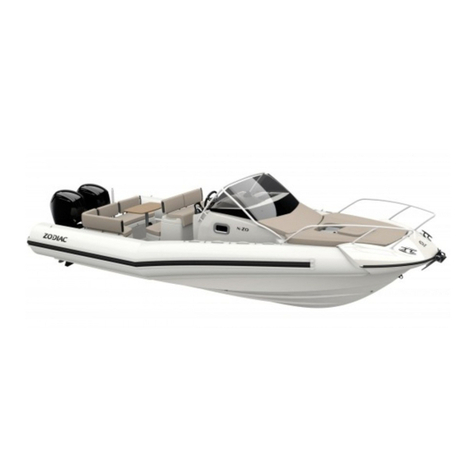Zodiac CLASSIC MARK 1 User manual
Other Zodiac Boat manuals

Zodiac
Zodiac NZO 600 User manual

Zodiac
Zodiac CADET 200 Roll Up User manual
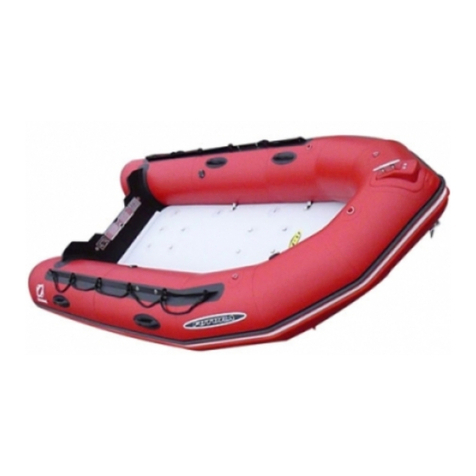
Zodiac
Zodiac FUTURA MARK 2C User manual

Zodiac
Zodiac Pro 420 User manual
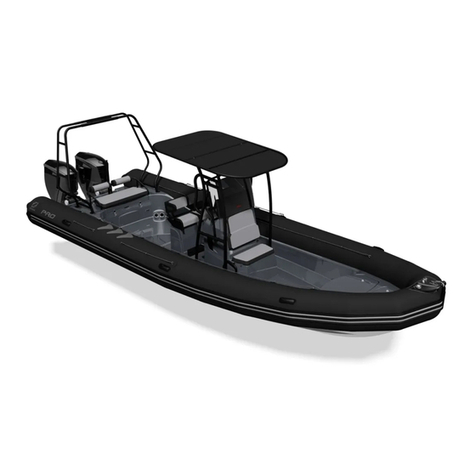
Zodiac
Zodiac PRO 850 User manual

Zodiac
Zodiac Milpro FUTURA COMMANDO User manual
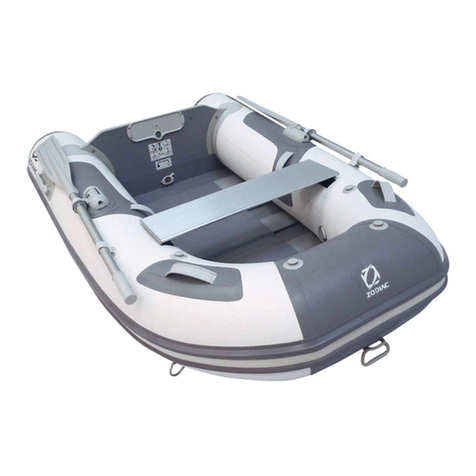
Zodiac
Zodiac CADET 200 Roll Up User manual

Zodiac
Zodiac MilPro Futura Commando FC 420 User manual

Zodiac
Zodiac eJET 450 User manual

Zodiac
Zodiac PRO 500 User manual

Zodiac
Zodiac CADET ROLL UP 200 User manual
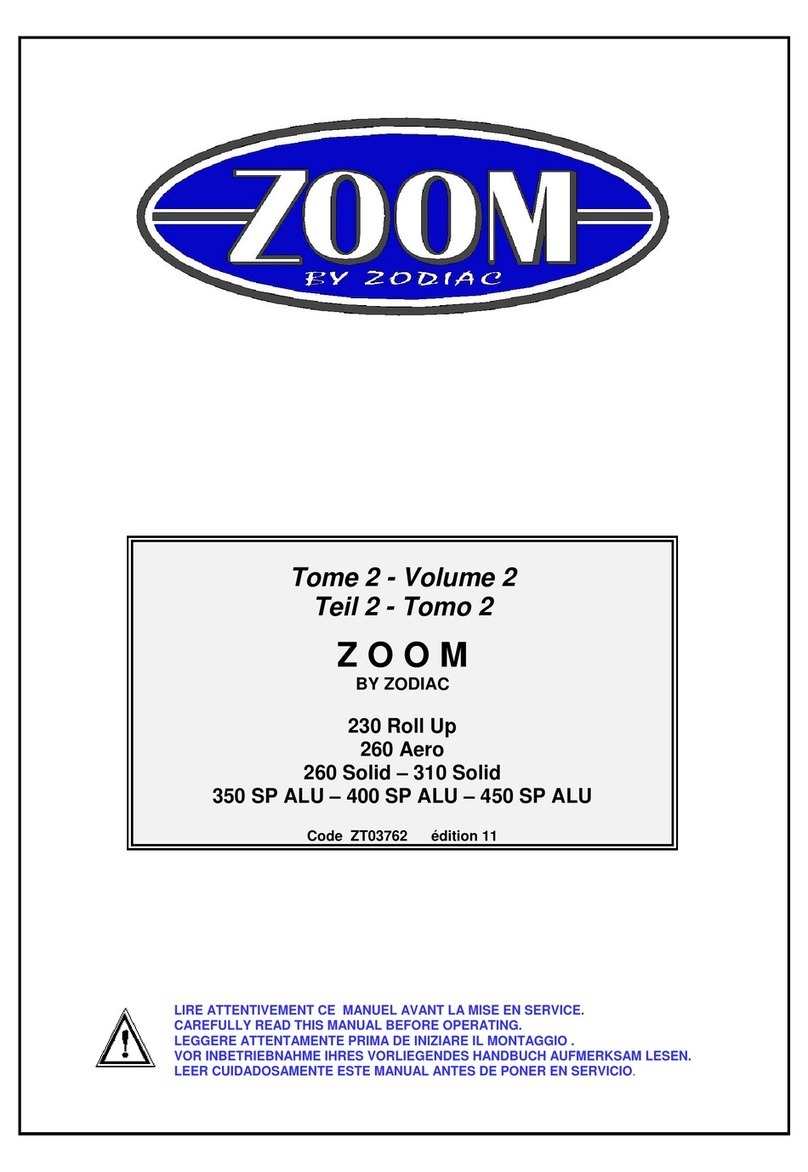
Zodiac
Zodiac ZOOM 230 Roll Up User manual
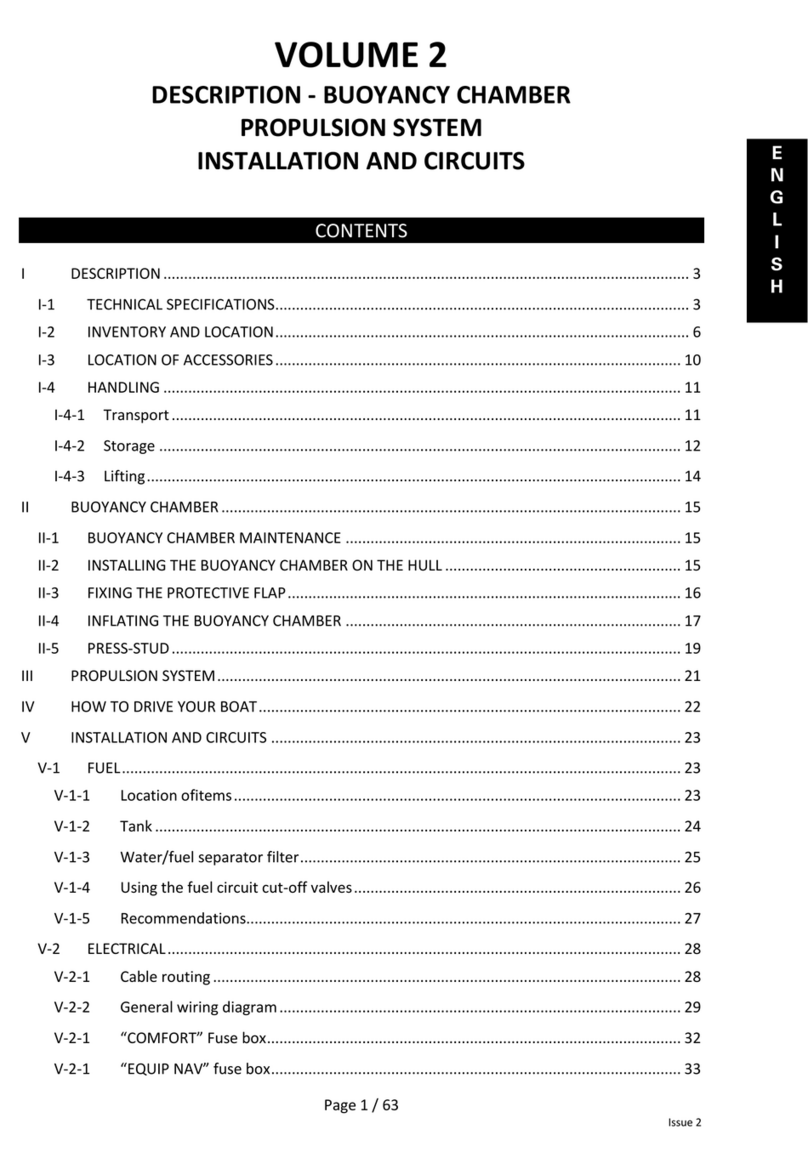
Zodiac
Zodiac Medline 9 2022 User manual
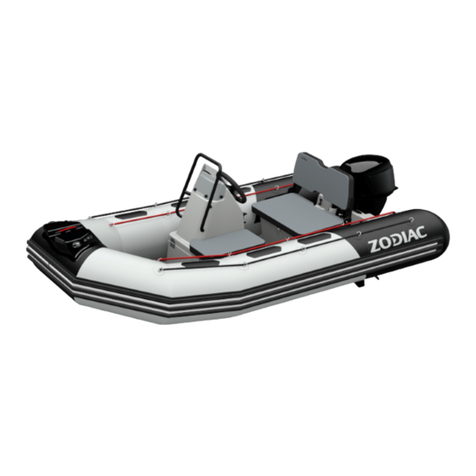
Zodiac
Zodiac OPEN 3.1 User manual

Zodiac
Zodiac PRO 750 User manual

Zodiac
Zodiac NZO-760 User manual

Zodiac
Zodiac YACHTLINE 360 User manual

Zodiac
Zodiac eOPEN 3.4 User manual

Zodiac
Zodiac Wave User manual

Zodiac
Zodiac PRO 750 User manual
Popular Boat manuals by other brands

Jeanneau
Jeanneau SUN ODYSSEY 41 DS owner's manual

Meridian
Meridian 490 Pilothouse owner's manual

Advanced Elements
Advanced Elements AdvancedFrame Expedition AE1009 owner's manual

Robo Marine Indonesia
Robo Marine Indonesia GEOMAR user manual

Swallow Boats
Swallow Boats BayRaider owner's manual

X SHORE
X SHORE EELEX 8000 owner's manual



